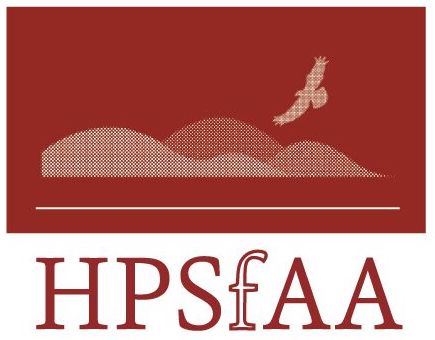  
 
The High Plains Society for Applied Anthropology |
|
Geographies of Power and Participatory Planning: Community Case Studies from Ecuador and the U.S.
Laurie J. Price and Fernando Moreno Arteaga
Geographies of power are inscribed in urban streets and rural roads, in the design of public space, and in the availability of shelter. They also are inscribed in the mix of flora and fauna, or their disappearance, in the flow of water and the condition of the air. But pockets of resistance do exist to the bold inscription of power on the landscape. Participatory planning is an important weapon in that resistance, because together with certain other fields, applied anthropology has become involved with theories and methods of participatory planning. Sometimes it means working with full-scale community development and sometimes it means eliciting community input into planning more focused projects such as green space protection, handicrafts production, disability services, or bilingual education. In this essay we contrast selected approaches to participatory planning, using two case examples. One is from rainforest Ecuador and one from a “Visioning Process” in the U.S. We focus on how social organization and power are handled in these participatory planning examples.
High Plains Applied Anthropologist No. 1, Vol. 22, Spring, 2002 pp 58 – 67<Get PDF>
Back To List of Previous Issues